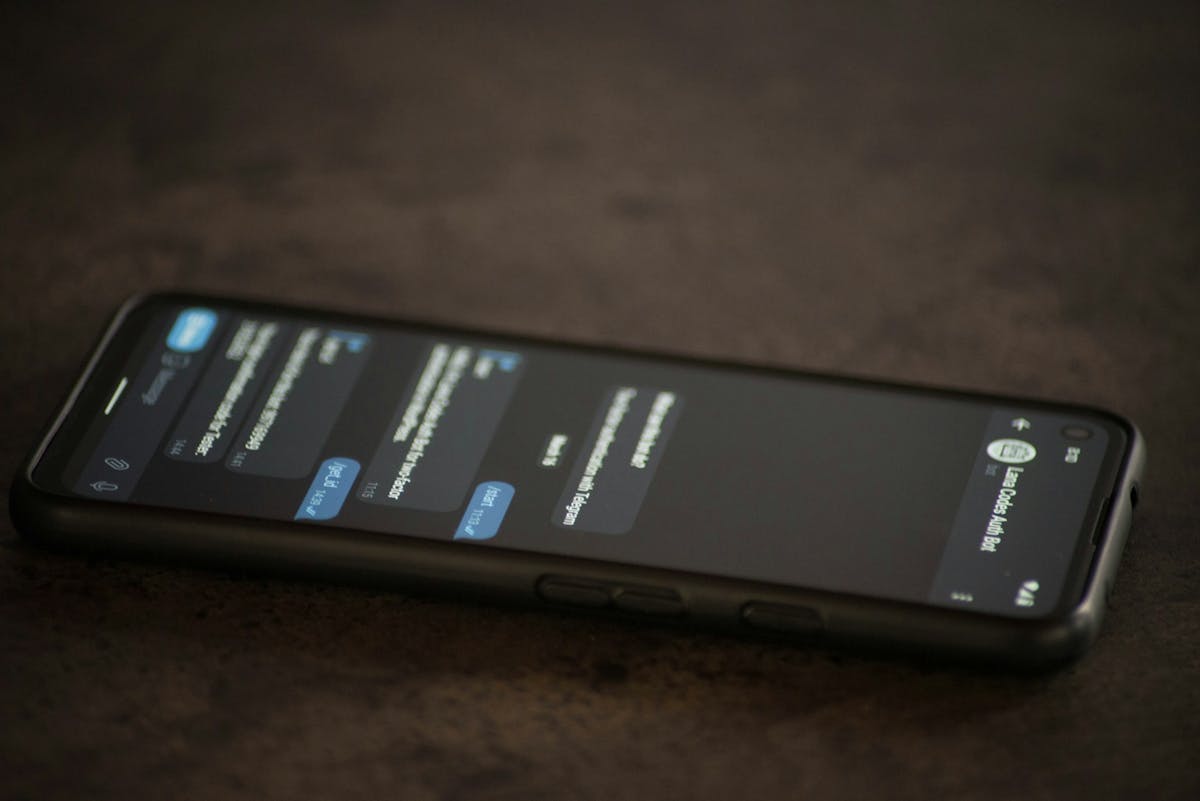Managing Employee Bonuses: Tips for HR Teams in 2025


Managing employee bonuses in a distributed workforce presents unique challenges that HR managers need to navigate effectively. From understanding various bonus structures to maintaining open communication, the complexity of managing programs across multiple locations calls for a thoughtful approach.
Balancing fairness, motivation, and performance tracking becomes even more vital when employees may not have consistent access to conventional communication tools. The following article explores practical guidance on managing employee bonuses to help you maintain transparency, reward your team effectively, and achieve organizational success in settings where direct, daily interactions can be limited.
What Is Employee Bonus Management
Employee bonus management is a systematic approach organizations use to design, implement, and administer incentive programs that reward employees for their contributions and performance.
In today's workplace, it serves as a critical tool for driving engagement and retention. Research from the Incentive Research Foundation shows that effective bonus programs can increase employee engagement by up to 44%.
Challenges in Employee Bonus Management
The evolution of work arrangements has introduced new complexities in bonus management, particularly for distributed teams and hourly workers. Organizations now face the challenge of:
- Ensuring Fairness and Transparency: Maintaining consistent standards across diverse locations.
- Innovative Performance Evaluation: Developing approaches to assess performance for employees who don't fit traditional metrics.
Types of Employee Bonus Structures
Modern workplaces demand flexible and diverse bonus structures that can effectively motivate distributed teams, and I'll explore four key bonus types that have proven particularly effective across non-desk work environments.
Use Performance-Based Bonuses
Performance-based bonuses directly link rewards to individual achievements and contributions. For distributed teams, these might include meeting project deadlines, achieving quality metrics, or exceeding customer satisfaction targets. For example, sales representatives can earn quarterly bonuses based on exceeding their targets, receiving a percentage of their total revenue.
While these bonuses effectively drive individual performance, they can sometimes create unhealthy competition. To mitigate this, ensure your performance metrics are SMART (Specific, Measurable, Achievable, Relevant, and Time-bound) and consider both quantitative and qualitative factors.
Offer Attendance and Safety Bonuses
For industries where consistent staffing is crucial, attendance and safety bonuses can significantly impact operational efficiency. In distributed or hourly teams, this might translate to recognizing timely project completion, achieving a certain quality standard or completion of safety training modules. Manufacturing, healthcare, and customer service industries particularly benefit from these structures.
The key challenge is implementing these bonuses fairly, ensuring they don't inadvertently penalize legitimate absences or create pressure that compromises work-life balance.
Introduce Team-Based Incentives
Team-based bonuses foster collaboration and collective achievement, particularly valuable in hourly workforces. Such incentives might reward teams for completing projects ahead of schedule, achieving quality standards, or meeting collective productivity goals. They're especially effective at building camaraderie among team members who might otherwise feel isolated.
However, you'll need to carefully structure these incentives to ensure fair recognition of individual contributions within the team context, preventing potential resentment from high performers.
Provide Spot Recognition Awards
Spot bonuses provide immediate recognition for exceptional contributions outside regular review cycles. Flexible awards of this kind work particularly well in distributed environments where immediate recognition can help maintain engagement. They can be monetary or non-monetary, such as extra time off, public recognition or a small bonus. The main challenge lies in maintaining consistency and fairness across different locations and teams. Establish clear criteria and empower managers with guidelines for distributing these awards equitably.
Creating an Effective Bonus Program

A well-designed bonus program can significantly impact employee motivation and retention while driving organizational success, so let's explore the essential steps to create and implement an effective bonus program.
Set Clear Objectives and Metrics
The foundation of any successful bonus program lies in establishing clear, measurable objectives that align with your organization's goals.
Start by:
- Identifying specific Key Performance Indicators (KPIs) that reflect individual, team, or company performance
- Engaging employees in the goal-setting process to ensure buy-in and establish realistic targets
- Creating detailed success criteria that clearly outline what employees need to achieve to earn bonuses
Establish Budget and Payout Structure
Your bonus program needs a sustainable financial framework that motivates employees while maintaining fiscal responsibility:
- Assess your organization's financial capacity to determine a realistic bonus budget
- Design a tiered payout structure that rewards different levels of achievement
- Decide on payout frequency (quarterly, bi-annual, or annual) based on your objectives and cash flow
Consider implementing a mixed approach where some portion of bonuses are paid regularly to maintain motivation, while larger achievements are rewarded at key intervals.
Develop Communication Plans
Transparency is crucial for building trust and ensuring program success. Understanding effective employee communication principles is essential.
According to HRSoft, organizations are increasingly adopting open communication about bonus criteria and processes. Implement these key communication strategies:
- Use multiple channels (signage, mobile platforms and internal platforms) to explain program details
- Provide regular updates on progress toward bonus goals to maintain transparency
- Create feedback mechanisms for employees to share their thoughts and concerns
- Document clear guidelines for bonus calculations and eligibility requirements
Technology and Tools for Bonus Management
Modern bonus management requires sophisticated technology solutions to ensure accuracy, transparency, and efficiency, especially for distributed and hourly workforces, and leveraging the right tools can streamline bonus programs while maintaining fairness and engagement across all employee locations.
Implement Performance Tracking Systems
Performance tracking systems form the foundation of effective bonus management by providing accurate, data-driven insights into employee contributions.
Platforms like Yourco enable organizations to set and monitor measurable goals while facilitating continuous feedback.
For example, a recent study shows that 50% of employers now use enterprise systems to administer short-term incentive plans, moving away from traditional spreadsheet-based tracking.
Such systems allow you to:
- Set and track measurable objectives aligned with bonus criteria
- Collect real-time performance data
- Generate comprehensive performance reports
- Ensure consistent evaluation across distributed teams
Use Communication Platforms
Transparent communication about bonus programs is crucial for employee engagement and trust. Modern platforms like Yourco facilitate clear, consistent messaging about bonus criteria and achievements. Considering the differences between texting vs email can help you choose the most effective communication method.
Tools like Slack and Microsoft Teams can be configured to create dedicated channels for bonus-related updates and recognition. However, these tools are not ideal for a non-desk workforce. For reaching employees quickly, SMS-based alerts can be particularly effective, especially for non-desk workers.
Thus, for organizations with non-desk employees, finding the right app to communicate with non-desk employees is essential.
Automate Payout Solutions
Automation streamlines the bonus distribution process while reducing administrative overhead and errors. Modern compensation management platforms integrate with payroll systems to handle complex bonus calculations and distributions automatically.
- Automated bonus calculations based on predefined criteria
- Integration with performance metrics
- Compliance management across different jurisdictions
- Detailed reporting and analytics
For instance, a global sales organization implemented an automated payout system that reduced bonus processing time by 75% while ensuring accurate, timely payments based on real-time sales data. This automation allowed their HR team to focus on strategic initiatives rather than administrative tasks.
Best Practices for Bonus Program Implementation
Implementing a bonus program effectively requires careful attention to three critical areas—manager preparation, fair execution, and continuous improvement through feedback—and focusing on these elements helps you create a program that motivates employees while maintaining transparency and equity across your organization.
Train Managers and Supervisors
Your managers serve as the primary communicators and executors of your bonus program, making their training essential for success. Start by ensuring they thoroughly understand:
- The program's specific objectives and how they align with organizational goals
- Performance metrics and evaluation criteria they'll use to assess their team members
- Data-driven evaluation methods to minimize subjective decision-making
- Effective communication strategies for explaining bonus calculations and decisions to team members
Provide regular refresher training sessions to keep managers updated on program changes and best practices. This consistent training helps maintain program integrity across different locations and teams.
Ensure Fair Implementation
Create a standardized framework that promotes equity in bonus distribution. Organizations are increasingly adopting transparent bonus systems with clearly documented criteria. To ensure fairness:
- Implement standardized evaluation criteria that apply consistently across all locations
- Use performance tracking systems to make data-driven decisions rather than subjective assessments
- Consider multiple performance layers in bonus calculations, including individual, team, and company-wide contributions
- Conduct regular audits of bonus distributions to identify and address any disparities
- Document and communicate all bonus criteria and processes openly across the organization
Gather and Act on Feedback
Establish a robust feedback system to continuously improve your bonus program. Recognizing the importance of feedback, create multiple channels for collecting input:
- Anonymous surveys to gather honest feedback about program effectiveness
- Regular check-ins between managers and employees to discuss bonus criteria and progress
- Focus groups with diverse employee representatives to ensure the program meets various workforce needs
- Digital platforms for ongoing feedback collection and response
When you receive feedback, create clear action plans to address concerns and communicate these changes back to your workforce. This demonstrates your commitment to program improvement and helps maintain employee trust in the system.
Measuring and Optimizing Bonus Program Success
To ensure your bonus program delivers value, a data-driven approach to measurement and continuous optimization is essential, and by tracking specific metrics while leveraging technology, you can make informed decisions about program effectiveness and necessary adjustments.
Track Key Performance Indicators
Start by establishing clear metrics that align with your strategic goals. Track employee retention rates to measure how well bonuses incentivize staying with your company. Monitor engagement scores through regular surveys to gauge motivation levels, and analyze engagement survey results to inform decision-making.
Analyze productivity metrics to determine if bonuses are driving performance improvements. For a comprehensive evaluation, calculate ROI by comparing bonus costs against benefits like enhanced performance and reduced turnover.
Leverage Technology-Enabled Measurement
Enterprise incentive management technology helps analyze performance data across multiple layers—individual, team, and organizational. Such systems collect real-time data points to remove subjectivity from performance assessment and provide comprehensive insights into payout versus performance ratios.
Continuously Optimize the Program
Regular program monitoring through periodic performance reviews is essential. Gather employee feedback through surveys and focus groups to understand perceptions and identify improvement areas.
Watch for common failure points like unclear goals or standards that change midstream. Use this input to make informed adjustments that keep your program aligned with both employee expectations and organizational objectives.
Remember that successful bonus programs require transparency in criteria and processes. Document your measurement approach clearly and communicate results regularly to build trust and engagement.
By maintaining this cycle of measurement, analysis, and adjustment, you'll create a bonus program that effectively drives desired behaviors while delivering clear value to your organization.
Fuel Your Bonus Strategy with a Powerful SMS Solution
Looking to create a more streamlined and supportive bonus program for your non-desk teams? Yourco can help by empowering managers and workers alike through direct, two-way messaging. As the #1 SMS-based employee app in the market, Yourco offers real-time performance updates and transparent communication channels so everyone understands how bonuses are earned and tracked. Instead of dealing with clunky apps or inaccessible platforms, you can reach workers wherever they are—boosting engagement and building trust.
Yourco’s mission is to be the digital platform that the global non-desk workforce uses to connect with their company. By facilitating targeted performance messages, Yourco helps managers deliver instant recognition, encourage positive behaviors, and maintain fairness in the bonus process. Whether you’re administering performance-based incentives, attendance rewards, or spot bonuses, Yourco’s simple, reliable SMS-based approach keeps all team members informed and motivated. Ultimately, that means better retention, stronger morale, and a clear path toward achieving your organizational goals. If you’re ready to discover a more efficient way to manage bonuses for your workforce, Yourco has the expert tools you need.
Try Yourco for free today or schedule a demo and see the difference the right workplace communication solution can make in your company.


